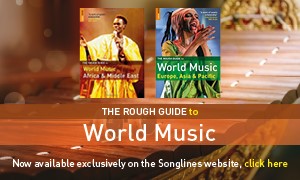Thursday, July 17, 2025
Field of Research: Indigenous Music and Law in Australia
Aaron Corn reflects on the struggle for Indigenous rights and ceremonial practices to be reflected in Australian law


Register now to continue reading

Thanks for visiting the Songlines website, your guide to an extraordinary world of music and culture. Sign up for a free account now to enjoy:
- Free access to 2 subscriber-only articles and album reviews every month
- Unlimited access to our news and awards pages
- Our regular email newsletters

